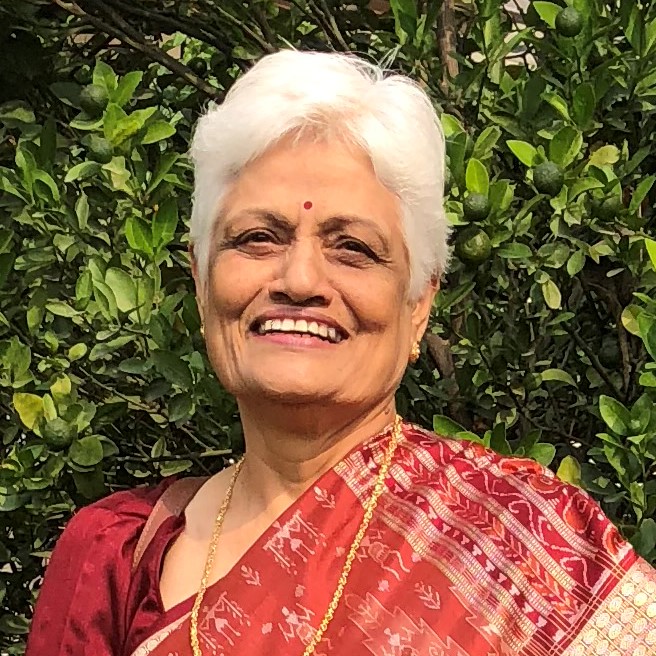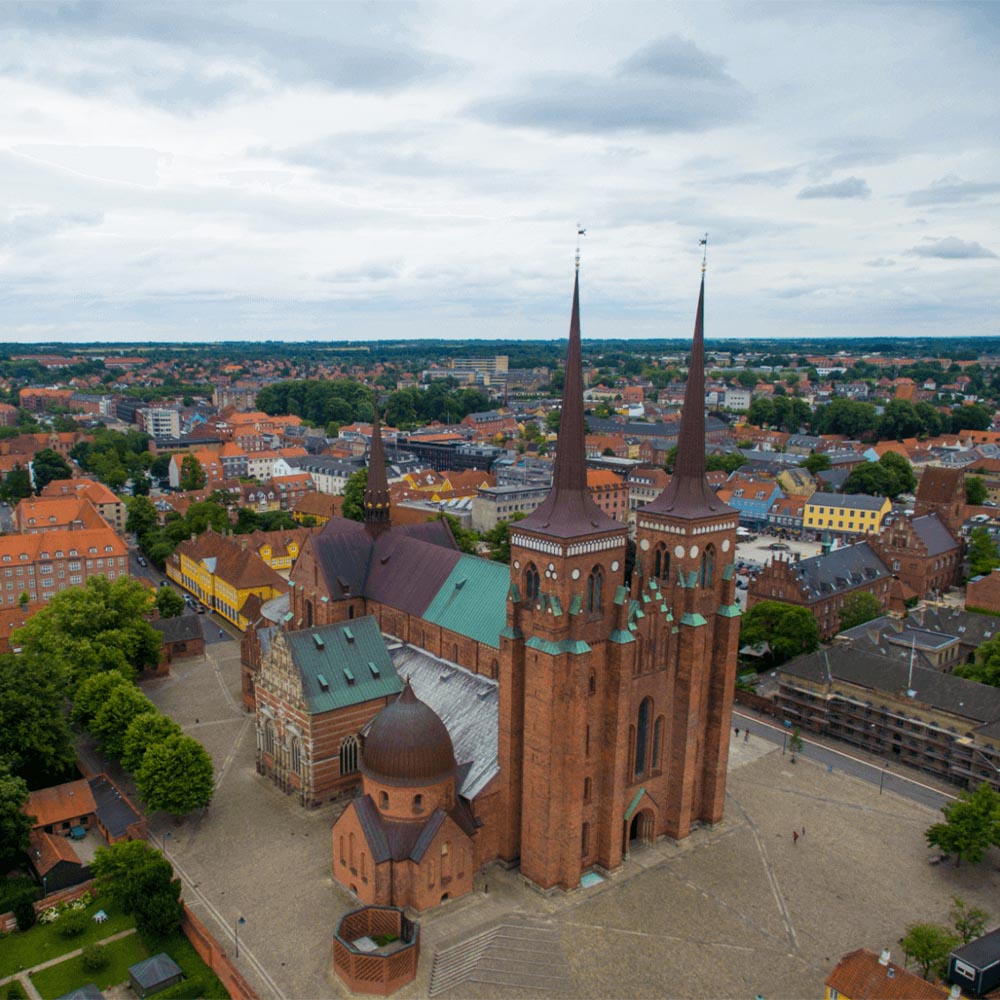

Kiran Joshi, an Architect by training, lives and works in Chandigarh, India. She has been associated with ICOMOS International Scientific Committee on 20th Century Heritage since 2005, established ICOMOS India’s National Scientific Committee on the subject (NSC20C) in 2013 and continues to participate actively in all its activities. Her work with ICOMOS India includes short but successful stint as its Scientific Counselor, oversighting the work of its 21 National Scientific Committees as well as its President.
More About
An academic of long-standing, she has spent more than 45 years with architecture schools in senior capacities, establishing the culture of research and publication at various levels, especially in relation to identification and documentation of the lesser-known historic resources of north-western India, linking such work to sustainable development goals. The major focus of her work over the last two decades has been on research, documentation, protection and conservation of structures of the 20th Century India, particularly concerning the processes of modernization of traditional Indian societies, materials and construction methods, and, issues of management of historic 20th Century built environments.
Prof. Joshi is known for her contribution to the field of 20th Century Heritage, especially her seminal work, “Documenting Chandigarh – The Indian Architecture of Pierre Jeanneret, Maxwell Fry and Jane Drew” (Mapin, 1999) and other related publications on the built heritage of Chandigarh that introduced the notion of “Modern Heritage” in India. Besides striving for the promotion and protection of Le Corbusier’s architecture and other early edifices in Chandigarh, she continues to explore the diverse meanings and manifestations of the 19th & 20th Century Modern, Shared and Colonial Heritage of India, advancing knowledge of this emerging field. Among the heritage management projects she has been involved with includes the first 2008 World Heritage Trans-border Serial Nomination of Le Corbusier’s Work in Chandigarh, listing and grading heritage buildings and precincts, framing draft Heritage Regulations and policies for management of the Chandigarh’s built and movable heritage, Technical Reports on “Conservation of Le Corbusier’s Tapestries in the High Court and Legislative Assembly” and “ Adaptive Re-use of the “Old Architect’s Office” and setting up of the “Le Corbusier’s Centre”, Chandigarh”. She also participated in two GCI’s “Keeping it Modern” conservation management projects in India as an expert on Chandigarh and 20th Century Heritage and has been involved in preparing Heritage Alerts for key 20th Century sites in India.
Prof. Joshi is known for her contribution to the field of 20th Century Heritage, especially her seminal work, “Documenting Chandigarh – The Indian Architecture of Pierre Jeanneret, Maxwell Fry and Jane Drew” (Mapin, 1999) and other related publications on the built heritage of Chandigarh that introduced the notion of “Modern Heritage” in India. Besides striving for the promotion and protection of Le Corbusier’s architecture and other early edifices in Chandigarh, she continues to explore the diverse meanings and manifestations of the 19th & 20th Century Modern, Shared and Colonial Heritage of India, advancing knowledge of this emerging field. Among the heritage management projects she has been involved with includes the first 2008 World Heritage Trans-border Serial Nomination of Le Corbusier’s Work in Chandigarh, listing and grading heritage buildings and precincts, framing draft Heritage Regulations and policies for management of the Chandigarh’s built and movable heritage, Technical Reports on “Conservation of Le Corbusier’s Tapestries in the High Court and Legislative Assembly” and “ Adaptive Re-use of the “Old Architect’s Office” and setting up of the “Le Corbusier’s Centre”, Chandigarh”. She also participated in two GCI’s “Keeping it Modern” conservation management projects in India as an expert on Chandigarh and 20th Century Heritage and has been involved in preparing Heritage Alerts for key 20th Century sites in India.

